The DualSense Edge is an excellent controller. It’s a conclusion that’s fairly easy to reach, what with the original DualSense pad setting such a high bar in the first place.
Innovative features like haptic feedback and adaptive trigger support made the DualSense gamepad stand out from the crowd when the PS5 launched, and it’s one of the best reasons to own the console. Now two and a bit years after launch, Sony has released the DualSense Edge, an upgraded controller offering a similar suite of features to the Xbox Elite Controller Series 2.
As a result, the Edge adds a bunch of ‘Pro’ adjacent extras: rear paddle buttons, swappable thumbsticks, button profile customization, and trigger hair lock settings, among others. The DualSense Edge has a full stack of customization and accessibility options not present in its base model.
These – along with two Function buttons for quick access to profile switching and headset volume control – are wonderful to have on a Pro level pad. They’re what makes the DualSense Edge technically a better controller than the one you get in your PS5’s box.
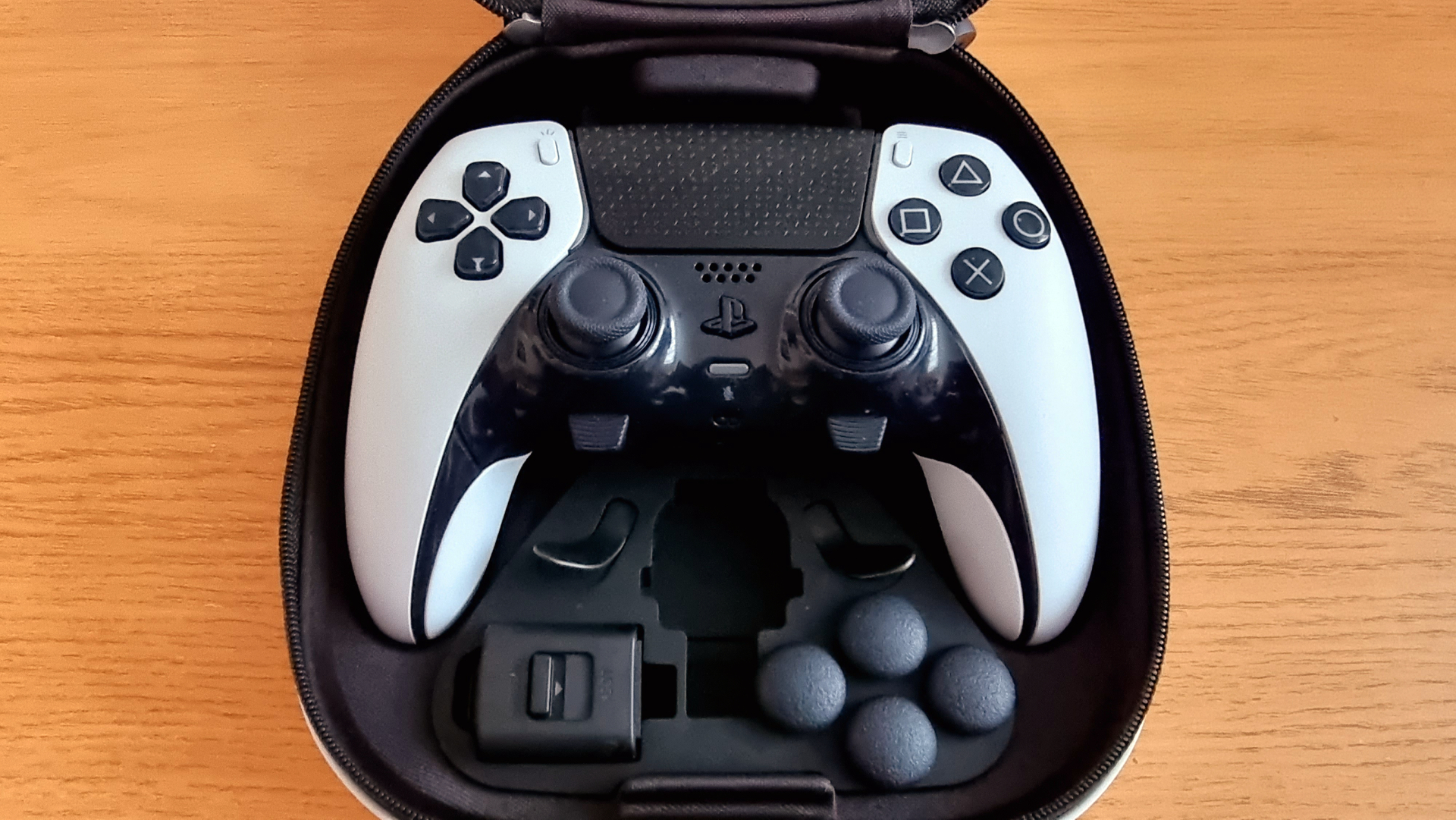
Unfortunately, most other aspects of the pad diminish the value of these extra features. Battery life here has seen no notable improvement over the first DualSense. And in our testing, we found a full charge to last about as long as the Edge’s older sibling, though Sony has admitted its battery life should be “moderately shorter” overall.
The biggest issue is the DualSense Edge’s price. The controller is simply overpriced for the feature set you’re getting here. And in terms of swappable hardware, the Edge actually offers less than competing pads at lower price points.
These reasons and more make the DualSense Edge a tough controller to recommend. It’s a great pad, but one that ultimately fails to justify its price.
DualSense Edge: price and availability
The DualSense Edge’s price point isn't easy to stomach. Launching at $199.99 / £209.99 / AU$339.95, it’s atypically more expensive in the UK than overseas; perhaps a knock-on effect of Sony’s price increases in the region. Available to buy from January 26, it’s a luxury purchase and still overpriced for the slight upgrades it offers.
DualSense Edge: design
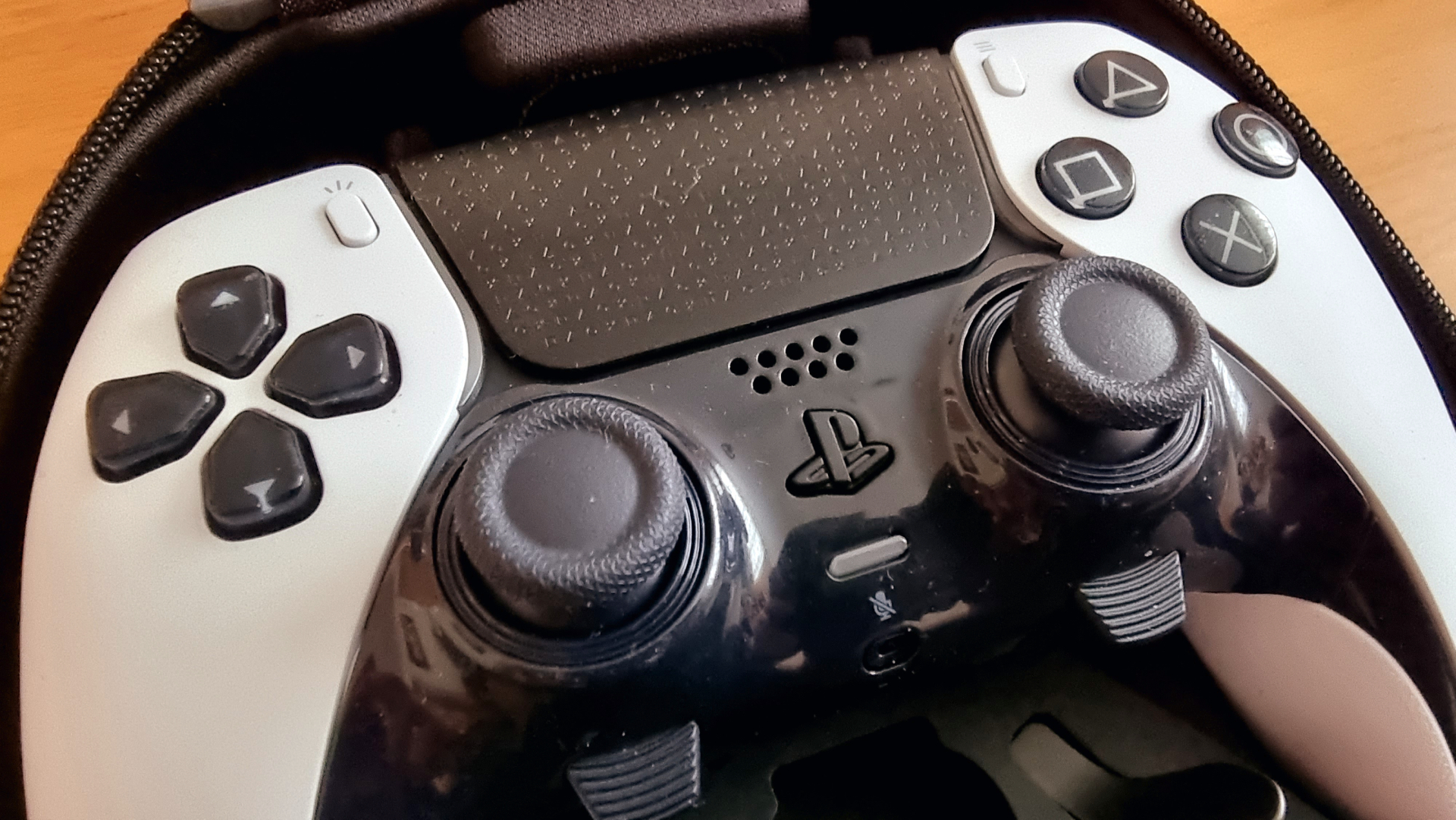
- Premium build is an upgrade over the DualSense
- Redesigned touchpad is excellent
- Unlockable faceplate feels a little flimsy
The DualSense Edge sets an appropriately premium first impression. Out of the box, the controller and all its elements come in a sturdy carry case, much like other Pro pads, such as the Xbox Elite Controller Series 2 and Nacon Revolution X Pro.
Unzip the case and pop it open and the first thing you’ll see is the controller, but the case also houses four swappable thumbsticks, two sets of magnetically-connecting rear buttons, a USB-C cable, and a detachable lock to help keep that cable in place while playing.
The build quality of the DualSense Edge pad exhibits a subtle improvement over the standard DualSense. It also feels slightly heavier, likely owing to the extra tech featured in the pad, such as those hair trigger locks and Function buttons. It’s a nice, weighty feel that’s fitting of a high-end pad.
I’m a big fan of the redesigned touchpad. Instead of matte white, here we get a stark black finish decorated with etchings of PlayStation’s iconic face buttons all across it. There’s a lovely textured feel to the Edge’s touchpad, and the choice of black coloration really helps the lightbar around its sides stand out much more vividly.
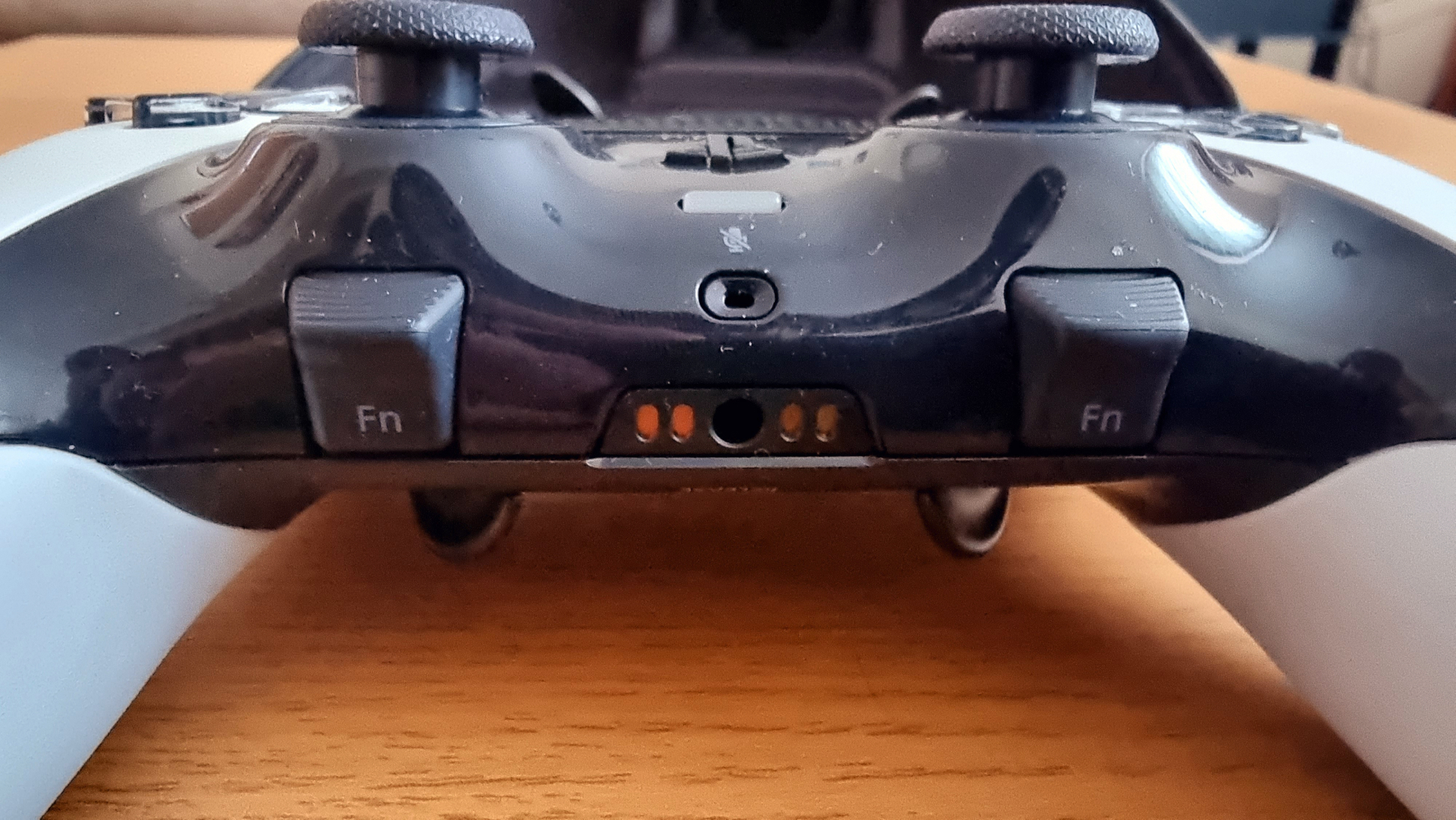
D-pad and face buttons have seen a similar overhaul in aesthetics, sporting a glassy black finish that stands out nicely from the rest of the pad. These buttons don’t feel significantly better or worse than on the standard DualSense, though I like how the face buttons feel noticeably clickier. Textured triggers are also a welcome addition, feeling more satisfying to press and grip on the Edge.
The stars of the show, though, have to be the all-new Function buttons that sit below the analog sticks. I was apprehensive about these at first, thinking they might be placed a little too close to the sticks. In practice, though, they’re unintrusive, responsive, and serve their purpose excellently. The convenience these quick shortcut buttons offer is the best new feature that DualSense Edge brings to the table.
Lastly, there’s one element I think is a bit of a step back compared to the original DualSense pad, the central plate that wraps around the sticks and Home button. The glossy finish here just looks cheap and tacky. And while it’s removable, allowing you to swap out the thumbstick modules (no extras of which are included in the base package, mind), the plate nonetheless feels flimsy and likely easily broken.
- Design score: 4 / 5
DualSense Edge: features
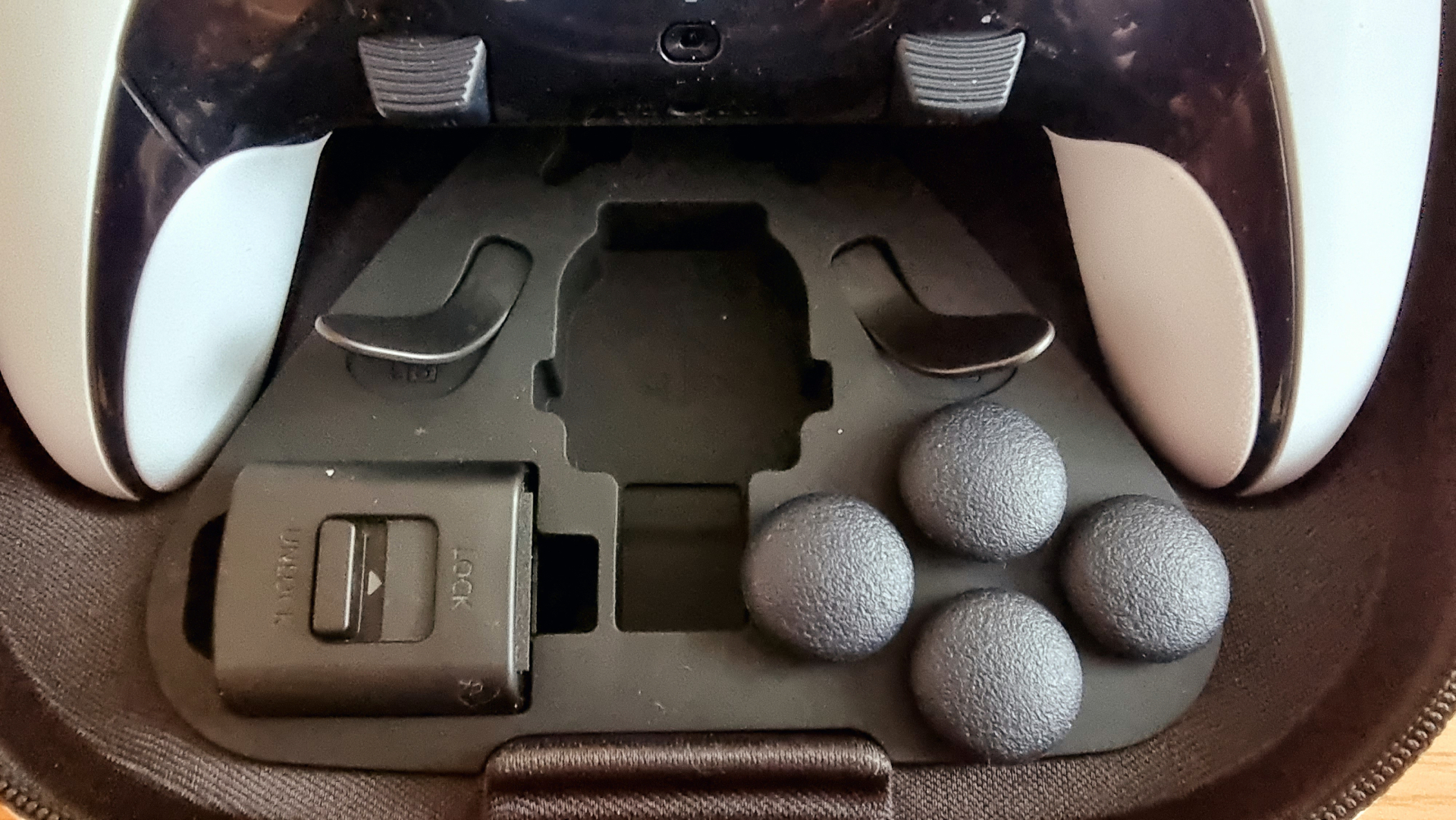
- Function buttons are a fantastic addition
- Rear paddles are nice, but only two slots is limiting
- Robust customization that’s easy to use and access
As a higher-end controller, the DualSense Edge comes with extra features that elevate it above its more standard sibling.
The Function buttons are the best addition to the DualSense Edge, letting you tweak several settings without you needing to leave your game. Both buttons are functionally identical, but holding one in for roughly a second brings up a quick menu, where you can switch button profiles and adjust your headset’s audio settings. The Function buttons offer a simple yet highly convenient interface that won’t take you out of the game.
You can create controller profiles in the new DualSense Edge menu, which you unlock when you first pair the gamepad with your PS5. You can also access this menu quickly with the controller's Function buttons. With a controller profile, you can completely remap your button layout, set trigger and analog stick sensitivity, and vibration strength. It’s remarkably straightforward, and I set up multiple profiles with ease.
The addition of those rear paddles is welcome, but I’m still a little baffled as to why Sony has opted to include just two slots for them.
The new rear paddles complement profile customization well. You can easily click them magnetically into slots on the back of the controller, and set them as secondary inputs for different commands. If, for example, you wanted to easily press the ‘X’ button while keeping your thumb on the right analog stick, you can set the command to a rear paddle and press it with your fingers.
The addition of those rear paddles is welcome, but I’m still a little baffled as to why Sony has opted to include just two slots for them. Xbox’s Elite Series 2 supports four rear paddle placements, so you can map each to a face button should you wish. Having those options halved on the Edge is an abject downgrade.
While I liked having two types of rear buttons (a rounder, stubbier type, along with a more traditional paddle-shaped design), I much prefer the feel of the traditional paddles to the stubbier set. That’s a personal preference, though, and both types do their job well.
- Features score: 4 / 5
DualSense Edge: performance and battery life
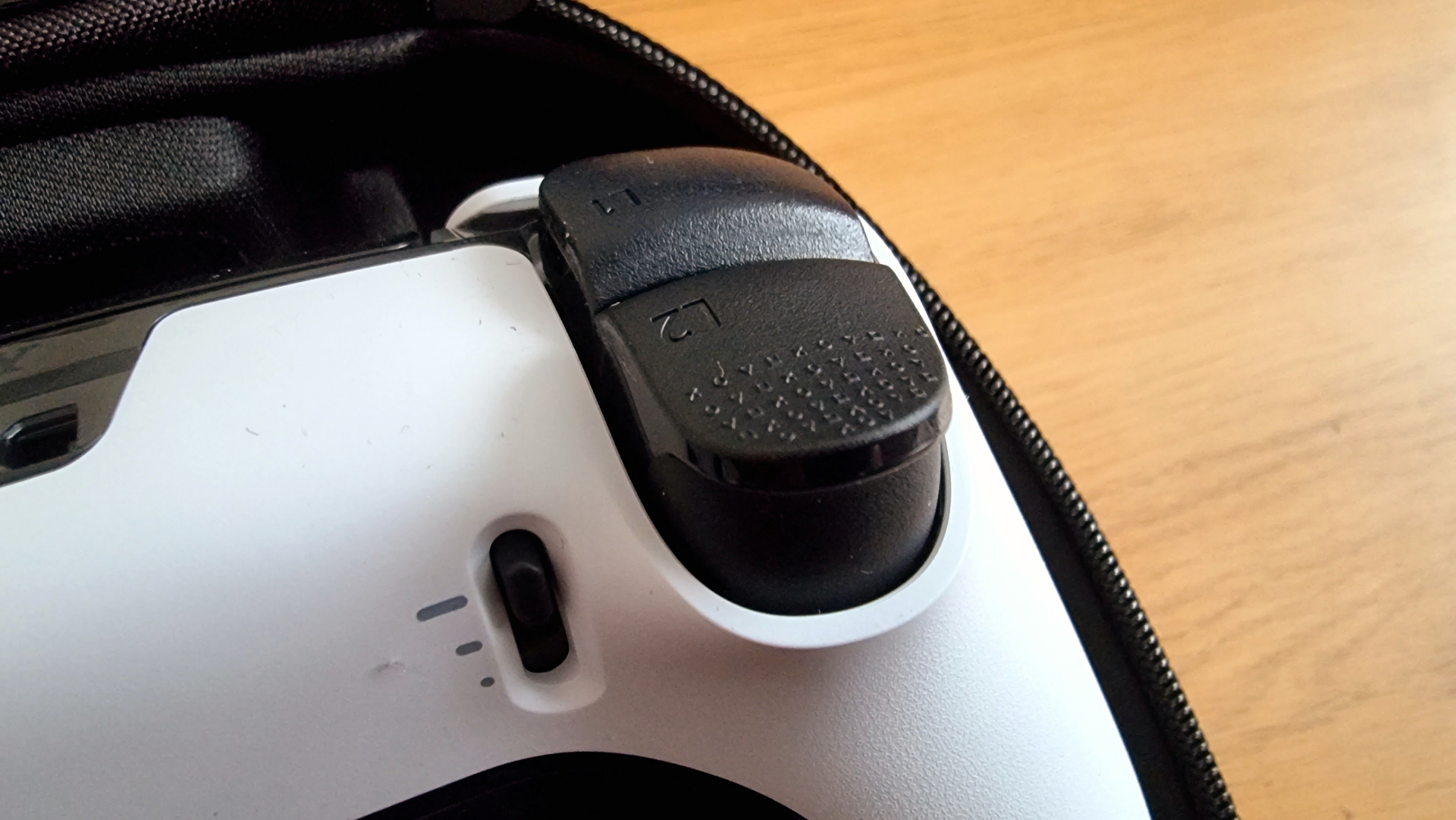
- Almost functionally identical to the DualSense
- Trigger locks could be better
- No improvements to battery life
When it comes to playing games, the DualSense Edge is practically identical to the controller we got at launch. The Edge is slightly weightier, and aside from the face buttons and textured triggers feeling marginally nicer, it isn’t the transformative experience I hoped for from a ‘Pro’ level pad.
The DualSense’s haptic feedback and adaptive triggers remain great on the Edge, but there are no discernible improvements. These features were already brilliant, but you’re not getting anything here that you don’t on the standard DualSense.
While the DualSense Edge comes fitted with hair trigger locks – which allow you to decrease the travel distance on your trigger before it registers a click – they’re underwhelming. You’ve three trigger lock settings, similar to the Xbox Elite Series 2: by default, the triggers will depress all the way; the next setting down will stop the triggers roughly halfway, while the most extreme setting is akin to a light tap.
The problem is there’s not a massive difference in travel time between the latter two settings. It’s still great to have the trigger locks here, though, and they work wonders for shooters like Overwatch 2 and Modern Warfare 2.
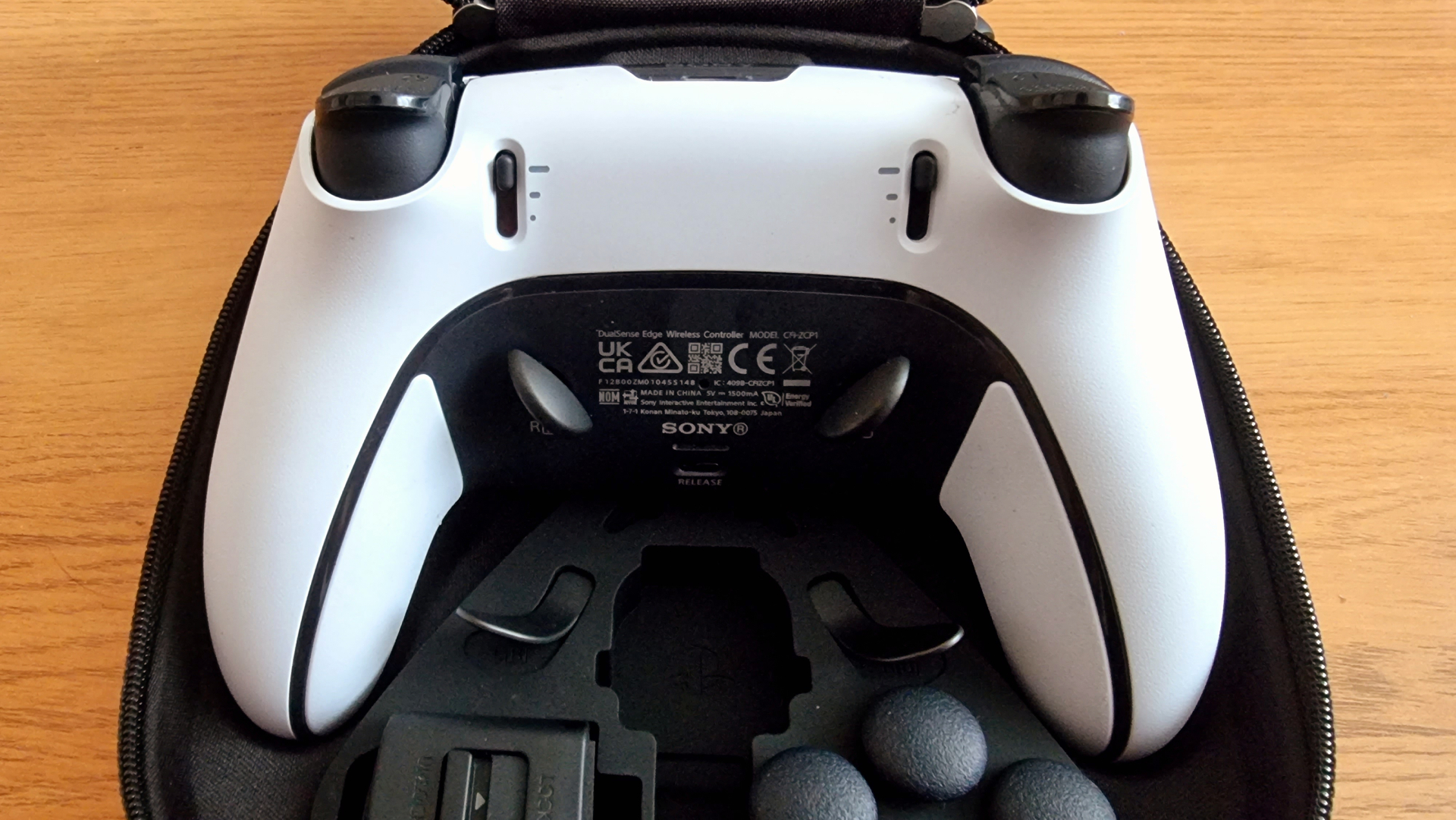
The profile-switching function really elevates the DualSense Edge. In Returnal, I map jumping and dodging to the rear paddle buttons, which frees up my thumb to maintain camera control with the right analog stick. In Final Fantasy 14 I map secondary hotbar access to a double-tap of the rear paddle buttons, which feels fantastic and more responsive then the default layout.
What really lets down the DualSense Edge is its battery life. Sony has claimed the pad’s battery life could be “moderately shorter” than the standard DualSense. I can confirm, after playing a range of games that make good use of the Edge’s haptic feedback and adaptive triggers, the gamepad ran flat after 7 hours.
Depending on what you play, you will get different results, but expect roughly 6-8 hours of wireless play time from a full charge. Much like the original DualSense, that’s poor, considering competing pads have battery lives in the double digits.
- Performance and battery life score: 3 / 5
Should I buy the DualSense Edge?
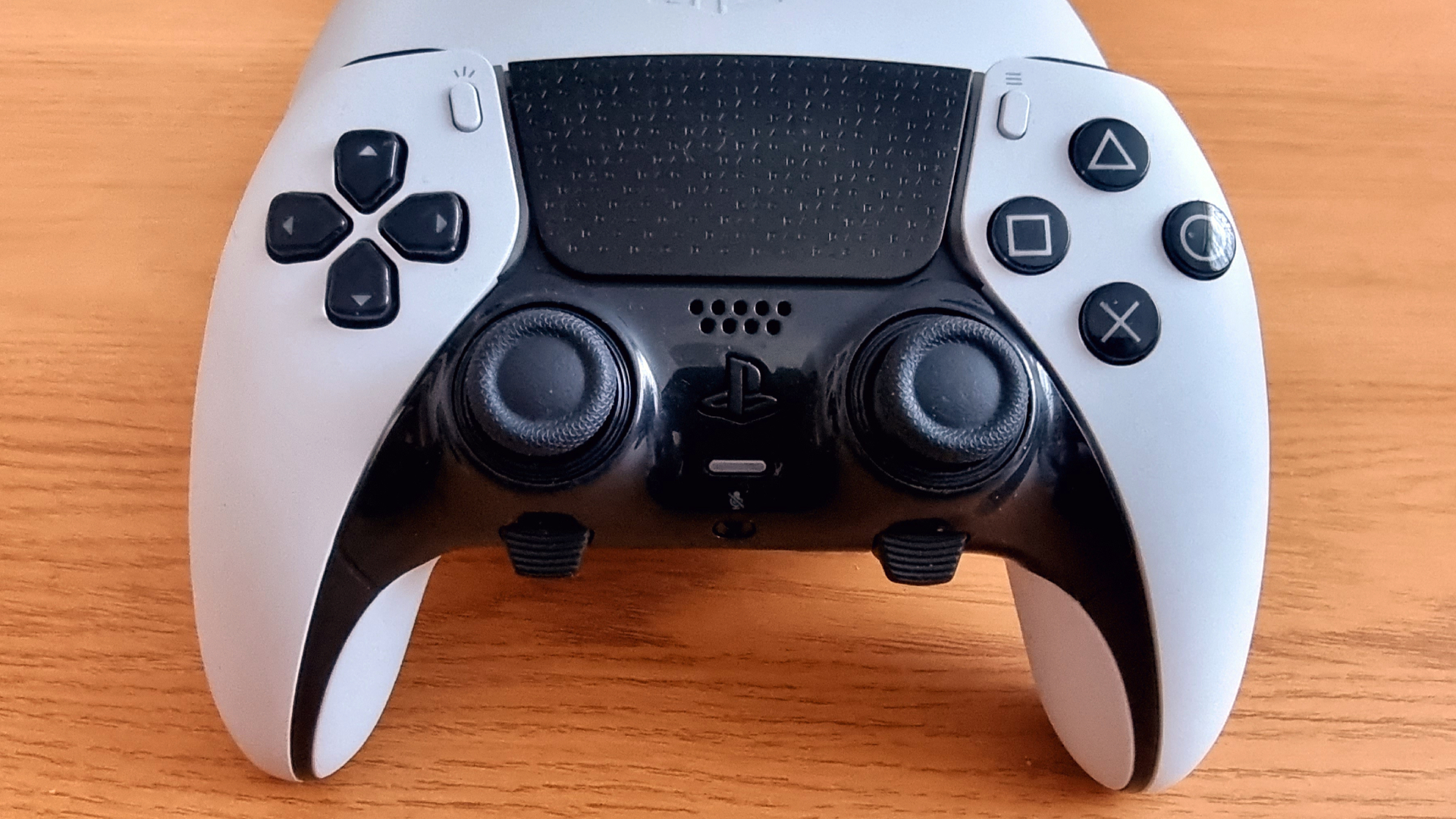
Buy it if...
You want the ‘best’ PS5 controller
While improvements are slight, the DualSense Edge is still an upgraded DualSense, technically making it the best PS5 controller from Sony.
You want a full suite of customization
DualSense Edge’s customization options are robust and easy to use, with those Function buttons taking much of the headache out of profile switching and creation.
You’re after premium quality
There are some design drawbacks, but the DualSense Edge, overall, feels great to handle thanks to its high-end build quality.
Don't buy it if...
You’re on a budget
The DualSense Edge is very expensive, and I’d argue overpriced for what you’re getting here versus competing pads.
You’re happy with the DualSense
The Edge’s extras are nice, but it’s ultimately starkly similar to its launch sibling. You’re not getting a wholly transformative experience from this pad.
from TechRadar - All the latest technology news https://ift.tt/TNbXfAs

No comments:
Post a Comment